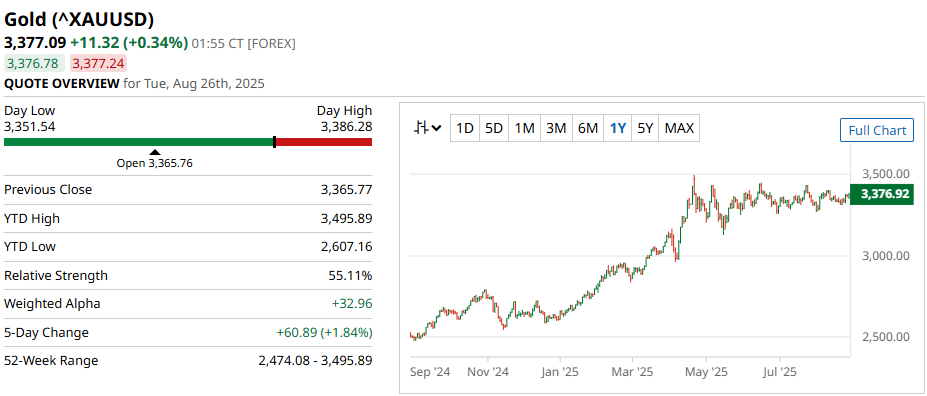XAUUSD is the symbol for trading gold measured in US dollars. This pairing shows how much one ounce of gold costs in USD. Many traders watch XAUUSD closely because gold is seen as a safe investment when markets are uncertain. Trading XAUUSD lets you bet on gold prices without physically owning gold, making it popular in forex and commodities trading.
What Does XAUUSD Mean in Forex Trading?

XAU is the code for one troy ounce of gold. USD refers to the US dollar. Together, XAUUSD shows the price of gold priced in dollars. For example, if XAUUSD is 2000, one ounce of gold costs $2000. This pair is important because gold often moves differently from stocks and currencies, acting as a safe haven during times of market trouble.
Why Is Gold Considered a Safe-Haven Asset?
Gold is seen as a store of value that typically holds its worth during economic or political uncertainty. Investors buy gold to protect their money from inflation, currency weakness, or stock market crashes. When fears rise, demand for gold often increases, pushing its price up.
What Factors Affect XAUUSD Prices?

Several main things influence gold prices against the dollar:
-
Economic Indicators: Strong economic data can reduce gold's appeal, while weak data often boosts it.
-
Inflation: Higher inflation makes gold more attractive as a hedge; low inflation can reduce demand.
-
Interest Rates: High interest rates raise the cost of holding gold, possibly lowering prices; low rates support higher gold prices.
-
Geopolitical Events: Conflicts or political instability increase demand for safe havens like gold.
US Dollar Strength: When the dollar is strong, gold tends to be more expensive for others, lowering demand; a weak dollar usually lifts gold prices.
How Can Traders Trade XAUUSD?
There are several ways to trade gold against the US dollar:
Spot Trading: Buying or selling gold at the current price for immediate delivery.
Futures Contracts: Agreements to buy or sell gold at a future date and price.
ETFs: Investment funds that own gold and are traded on exchanges.
CFDs: Contracts that let traders speculate on gold price moves without owning the gold physically, often with leverage.
What Trading Strategies Work for XAUUSD?
-
Fundamental Analysis: Watch economic data, central bank actions, and news to predict gold demand.
-
Technical Analysis: Use charts and indicators like Moving Averages and RSI to find trends and entry points.
Risk Management: Stop-loss orders and proper trade size help protect your money from sudden moves.
Why Is Managing Risk Important When Trading XAUUSD?
Gold prices can move quickly and sharply on global news or changes in markets. Leverage, especially with CFDs, can boost gains but also magnify losses. Setting limits and understanding your risk tolerance keeps trading more controlled and less stressful.
Frequently Asked Questions (FAQs)
Q1: Can I Trade Gold Profitably Without Owning Physical Gold?
Yes, through instruments like CFDs and ETFs, you can profit from gold price moves without holding the physical metal. This is simpler and more flexible for many traders.
Q2: How Does US Federal Reserve Policy Affect Gold Prices?
If the Fed raises interest rates, gold prices often fall because higher rates make other investments more attractive. When rates stay low or are cut, gold tends to rise as a safer alternative.
Q3: Is Gold Trading Risky?
Like any investment, gold trading has risks, including price volatility and leverage losses. It requires good risk management and market knowledge to trade safely.
Conclusion
XAUUSD is a popular way to trade gold against the US dollar. Gold's safe-haven status and unique price drivers make it different from other assets. Understanding the basics of factors affecting prices, trading methods, and managing risk can help traders make better decisions. Always research and plan carefully before trading gold.
Disclaimer: This material is for general information purposes only and is not intended as (and should not be considered to be) financial, investment, or other advice on which reliance should be placed. No opinion given in the material constitutes a recommendation by EBC or the author that any particular investment, security, transaction, or investment strategy is suitable for any specific person.








